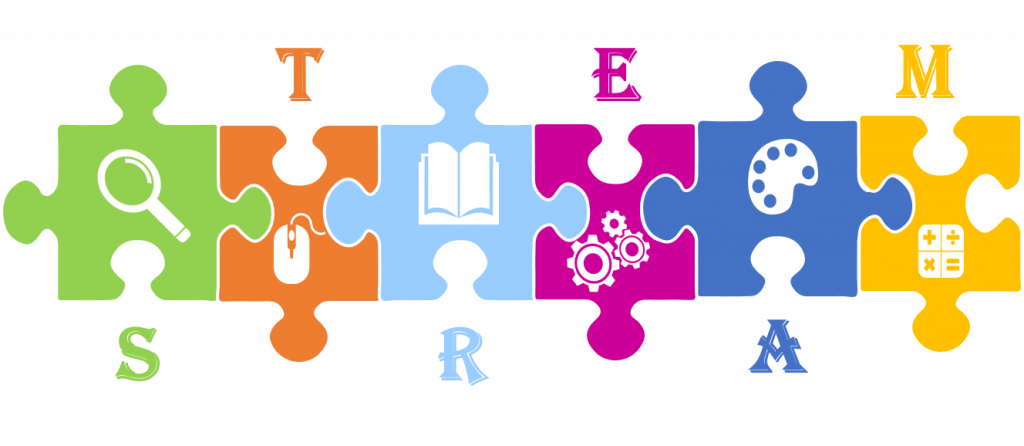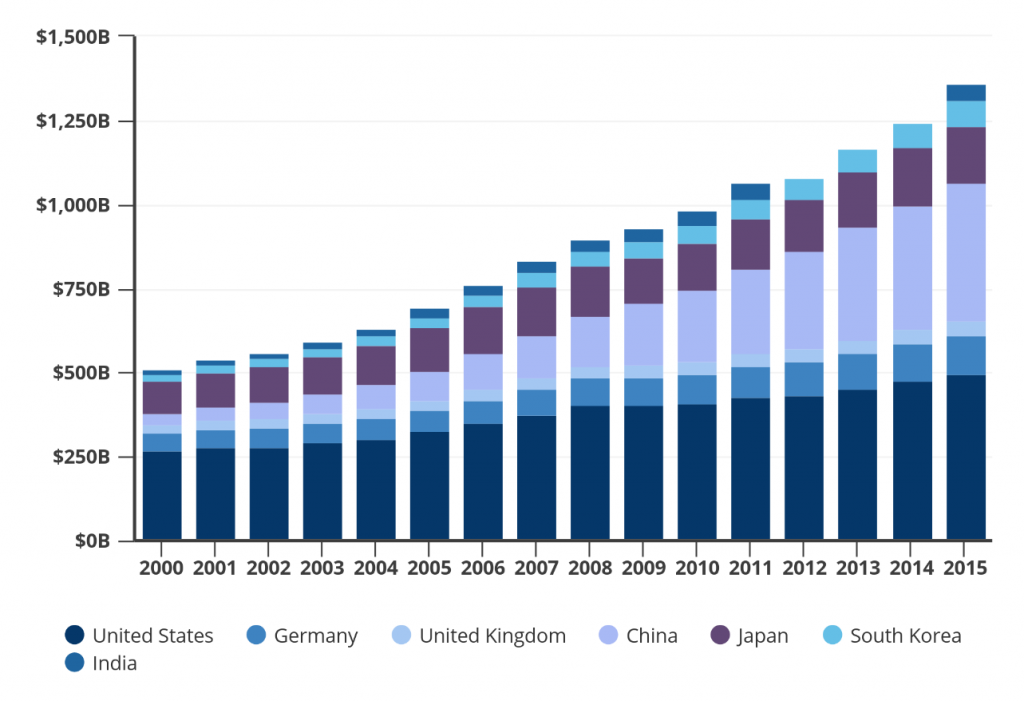
What is STREAM?
S.T.R.E.A.M. is just an acronym for Science, Technology, Reading, Engineering, Arts and Mathematics. It is a teaching-learning approach in education that promotes 21st century skills among children. These are fun activities that helps students to connect their learning to real life situations and develop their collaboration, communication, creativity and critical thinking skills.
Young children have a natural flair for asking questions which is known as their blossoming nature. They learn by exploring different materials around them and find solutions through trial-and-error method but as they grow, there is a need to apply their learning to solve their real life problems creatively.
Applying STREAM Activities:
These activities gives students tools and methods to link multiple disciplines. It provides opportunities for students with different learning styles to learn in a way that best suits them. As we aim to apply student-centered approach to develop child’s holistic learning of the child some of the ways of applying such activities would include:
- USING DIGITAL TOOLS: These interactive tools gives learners an opportunity to explore the world through audio-visual tools to become independent and innovative. Using the right tool in a purposeful way will give students ways to collaborate and develop their problem-solving skills in a real life situation.
- ENHANCING PRESENTATION: An opportunity to present learner’s learning helps them develop their communication skills. This can be easily done by giving them a platform to present their work. Both physical and virtual stage would help them enhance their confidence and self-esteem to build future leaders.
- MULTIDIMENSIONAL APPROACH: The most important feature of this approach is to give freedom to a child to learn in a way that best suits the learner. This allows the learner to think creatively and develop solutions for real-life problems through hands-on activities. Since the assessment is done from various angles the learner gets the opportunity to present their learning in their own way.
- PROJECT-BASED LEARNING: Focus of this approach being an experimental develops the creativity in a learner. The learner gets an opportunity to find solutions for a real-life problem and present it in a creative way which allows learners to gain deeper knowledge and 21st century skills through an engaging experiences.


